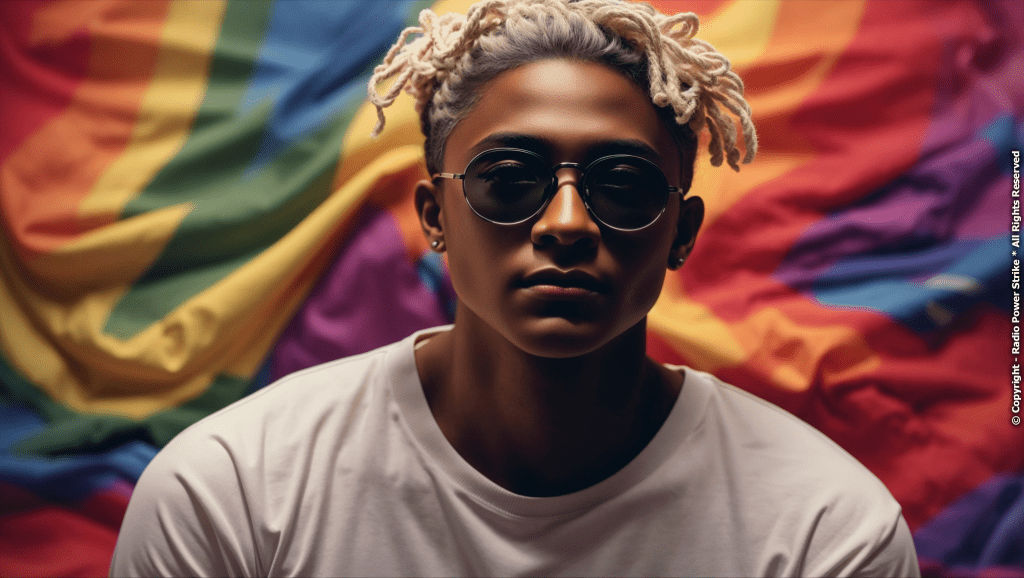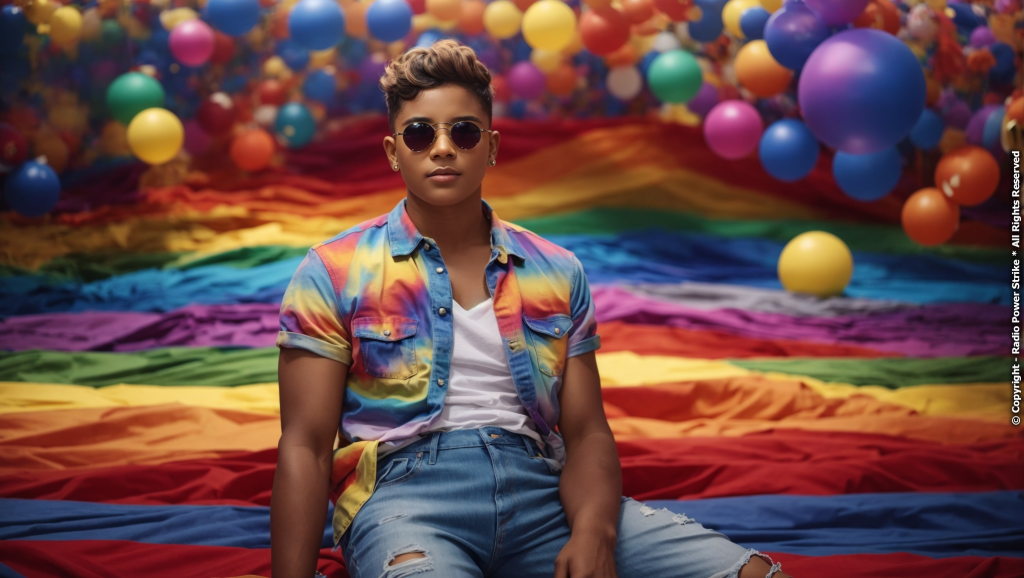Breaking Silence: Empowering LGBTQIA+ Voices in Art and Media
The Evolution of LGBTQIA+ Representation in Artistic Realms

Art and media have always been powerful tools for societal reflection and change. Historically, the LGBTQIA+ community has faced underrepresentation and misrepresentation in these domains. However, as societal perceptions evolve, there’s a growing emphasis on authentic representation and the empowerment of queer voices in art and media.
From literature to cinema, the journey of LGBTQIA+ representation has been marked by challenges. Yet, with each challenge, the community has found innovative ways to express, resist, and assert their identities, breaking the shackles of silence.
The Historical Context of Queer Representation
The portrayal of LGBTQIA+ characters and narratives in art and media has undergone significant transformation over the decades. Earlier depictions often leaned towards stereotypes or were shrouded in ambiguity due to societal constraints and censorship.
- Literature: Classic novels like Virginia Woolf’s “Orlando” or Radclyffe Hall’s “The Well of Loneliness” touched upon queer themes, albeit subtly, navigating the societal norms of their times.
- Cinema: Films like “The Children’s Hour” or “Rebel Without a Cause” hinted at LGBTQIA+ themes, often leaving them as subtext rather than explicit narratives.
The Modern Renaissance of Queer Art

The contemporary art scene witnesses a vibrant display of LGBTQIA+ voices. Artists, filmmakers, and writers are now more forthright in their expression, leading to a richer tapestry of queer narratives. This shift is not just about quantity but also the quality and depth of representation.
For instance, movies like “Moonlight” or series like “Orange Is the New Black” delve deep into the complexities of queer identities, transcending clichés and offering multi-dimensional characters.
Empowerment Through Visibility and Authenticity

Visibility matters. Authentic representation in art and media not only validates the experiences of the LGBTQIA+ community but also educates the wider audience. By showcasing diverse queer narratives, art and media challenge stereotypes, foster empathy, and pave the way for societal acceptance.
Moreover, platforms like social media have democratized content creation, allowing LGBTQIA+ individuals to share their stories, unfiltered and unapologetic. This surge of grassroots content further amplifies queer voices, ensuring a more holistic representation.
The journey of LGBTQIA+ representation in art and media is a testament to the resilience and creativity of the community. As we move forward, it’s imperative to continue championing these voices, ensuring that every shade of the LGBTQIA+ spectrum finds its rightful place in the artistic narrative. By doing so, we not only enrich the world of art but also take significant strides towards a more inclusive and understanding society. Let’s celebrate these voices, their stories, and the transformative power of art in shaping a brighter future.

Comments are closed, but trackbacks and pingbacks are open.